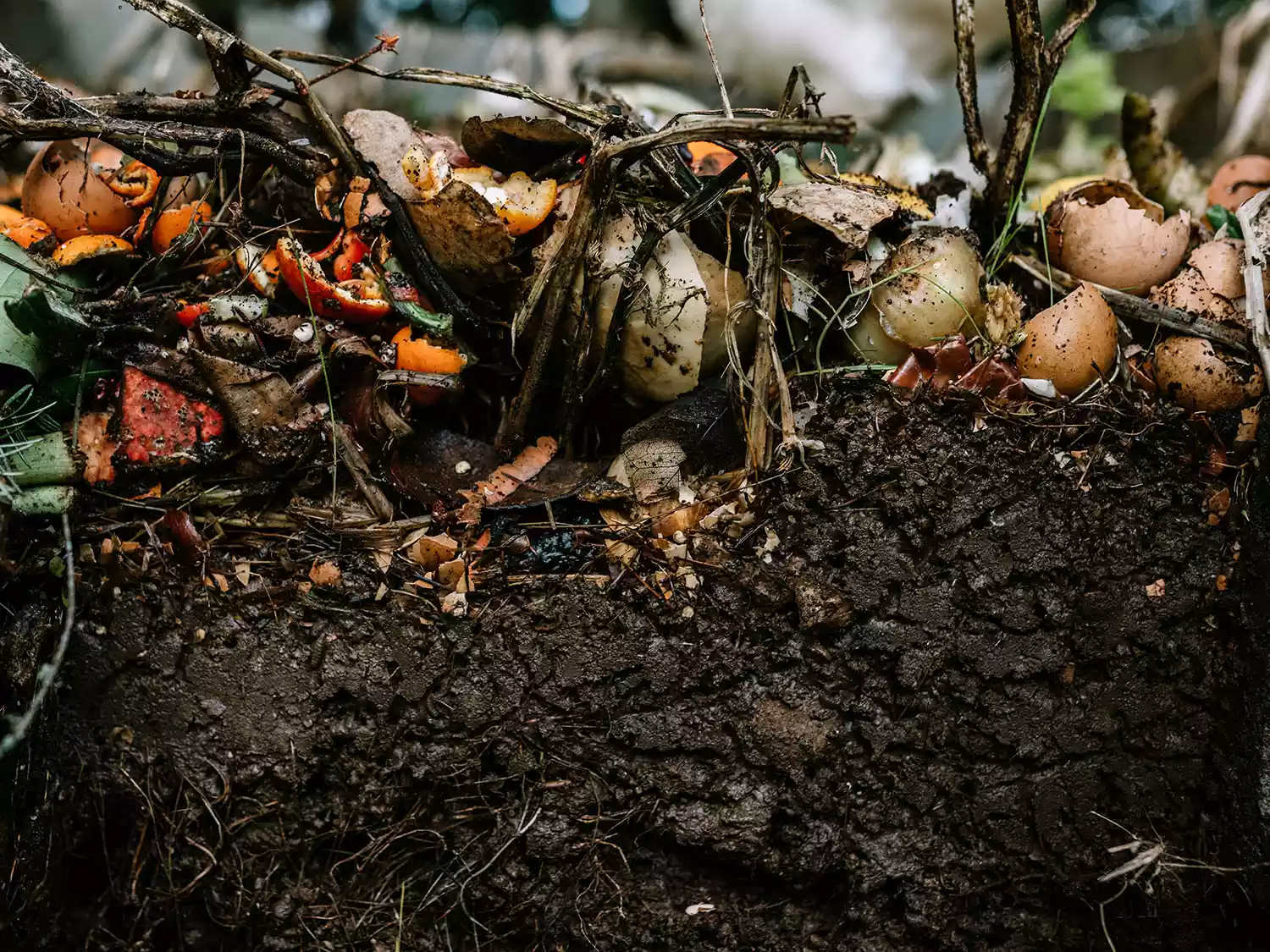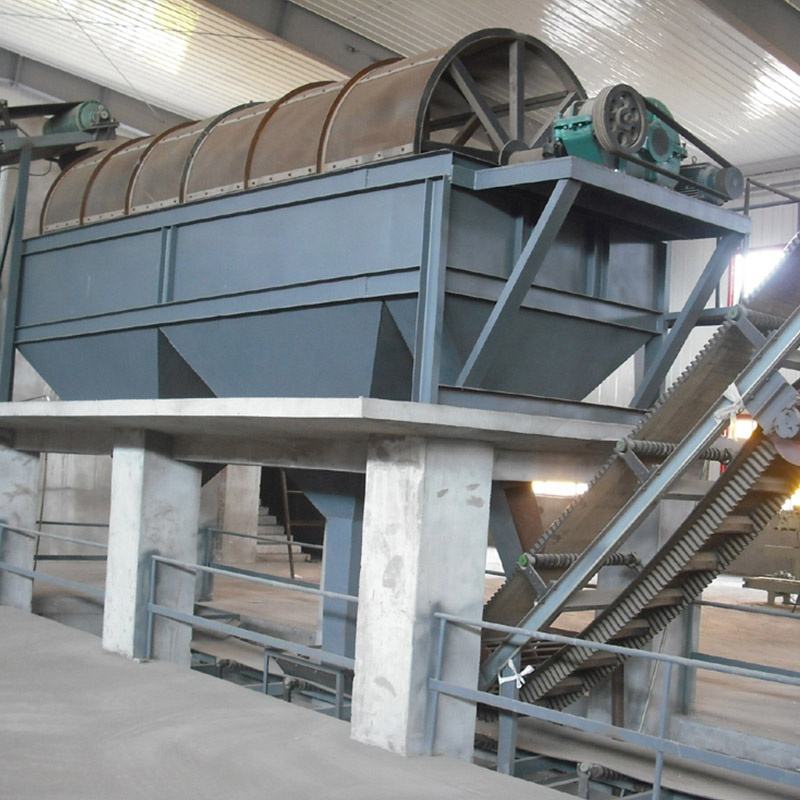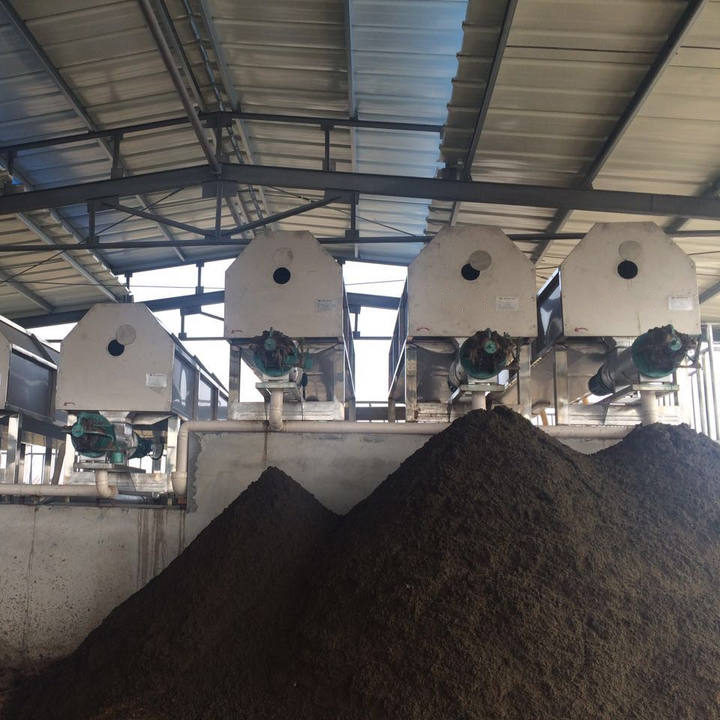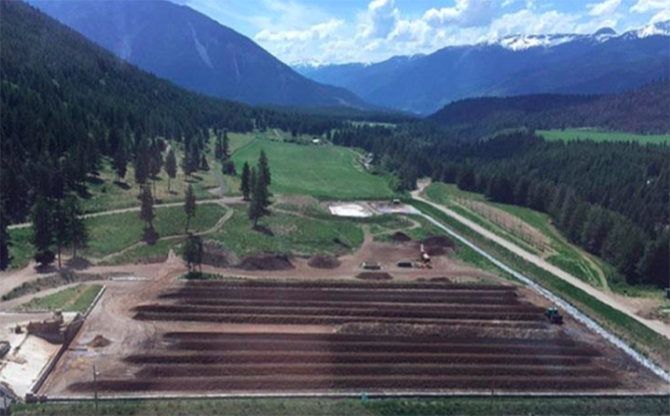Compostingis a process that degrades and stabilizes organic waste via the activity of microorganisms to generate a product appropriate for soil usage.
Thefermentation processis also another name for composting. Organic waste must be continually digested, stabilized, and changed into organic fertilizers by the action of microorganisms under the circumstances of adequate water content, carbon-nitrogen ratio, and oxygen concentration. After a decent composting fermentation process, the organic waste product is largely stable, the stench is gone, and it essentially does not contain hazardous pathogenic bacteria and weed seeds. It can be applied as a soil improver and organic fertilizer in the soil.
As a result, generating and maintaining an environment conducive to microbial development is a critical condition for assuring compost quality. The fundamental activity to attain this goal is the early processing of organic resources. The following steps are involved in the Initial processing of industrial compost raw materials:
1. Raw material screening: Impurities and contaminants that are not compostable are removed from the raw materials. For example, metal, stone, glass, plastic, and so forth.
2. Crushing: Certain bulky raw materials that are hard to break down, such as leftover food, plants, cardboard, agglomerated sludge, and human waste, need to be crushed. Pulverization is used to enhance the surface area of raw materials, promote microbial decomposition, and improve the uniformity of raw material mixing.
3. Moisture adjustment: To regulate the water content in the compost, moisture adjustment is necessary for particular raw materials, such as animal manure, that have an excessively high or low water content. Usually, raw materials that are too wet must be dried, or the moisture content must be increased by adding the proper amount of water.
4. Blending: In a certain ratio, combine the raw materials that have undergone screening, crushing, moisture adjustment, and other processing procedures. The goal of blending is to maintain a healthycarbon-to-nitrogen ratio, or C/N ratio, in the compost. To encourage the development and reproduction of microorganisms, the optimal C/N ratio should range from 25:1 to 30:1.
5. Composting: Stack the raw materials that have been prepared so that they can ferment organically. To maintain the compost’s ideal temperature and humidity level and encourage the breakdown of microbes, the compost must be turned and ventilated regularly during the stacking process.
The first processing of industrial compost raw materials may additionally involve the following forms of treatment in addition to the fundamental phases of raw – materials screening, crushing, moisture adjustment, deployment, and composting:
Disinfection of raw materials: Raw materials need to be disinfected since they might include harmful microbes, bug eggs, weed seeds, etc. Chemical or physical means of decontamination, such as the use of disinfectants (such as high-temperature steam treatment).
Stabilization treatment: To lessen the danger of environmental contamination, some industrial waste, sludge, etc., must be stabilized since they include harmful compounds such as organic matter and heavy metals. Pyrolysis, anaerobic digestion, redox therapy, and other techniques are frequently used for stabilization treatment.
Mixed processing: Several types of raw materials can be blended and treated to enhance the quality and nutritional content of industrial compost. For instance, compost’s organic matter content and nutritional diversity may be increased by combining urban solid waste with farm waste.
Additive treatment: Certain chemicals can be added to compost to enhance microbial breakdown, change pH level, increase nutritional elements, etc., to improve the quality and features of compost. For instance, adding wood chips can improve the compost’s aeration and ability to retain water. Adding lime can balance the compost’s pH level and encourage the growth of microorganisms. You can also add aerobic or anaerobic bacteria directly to the compost to hasten fermentation and the development of its internal flora.
It should be emphasized that there are several varieties of starting materials for industrial composting, and various starting materials call for various first-stage processing techniques. To ensure compost quality and environmental safety, raw materials must be examined and evaluated prior to primary processing. Several treatment options should then be chosen by the circumstances.
Post time: Mar-24-2023




